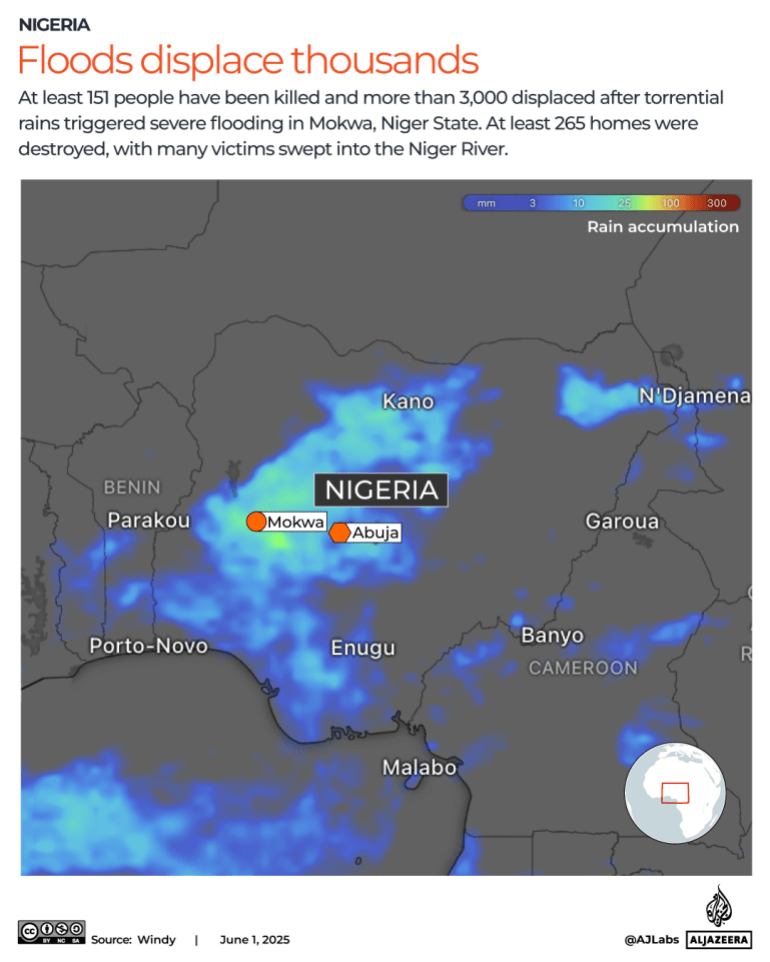Health and wildfire warnings have been issued by holiday hotspots across the Continent and also in the UK, as a ferocious weather front moves up from Africa and threatens life
Brits braving the Continent in the coming weeks should brace themselves for absolutely roasting temperatures.
Temperatures were tipped to reach a ferocious 42°C in Spain and Portugal this weekend, and are likely to edge even higher today. Road surfaces are beginning to melt in Italy, while Greece has been plagued by wildfires sweeping across the holiday islands in recent days.
The heat dome hanging over Europe is no laughing matter, with one tourist already having lost their life to heatstroke in Majorca. The roasting-hot front has blown up from Africa and looks poised to push thermometers even higher.
It’s unlikely the heat will relent anytime soon, thanks to the heat dome currently hanging over Europe. The meteorological phenomenon occurs when a high-pressure ridge traps a thick layer of warm air in one region, acting like a lid on a pot.
While a little sun, sea and sand might sound tempting, such high temperatures can be very dangerous.
Have you been impacted by the extreme heat? Email [email protected]
READ MORE: Ryanair reveals eye-watering amount it really makes from bag and seat fees
The region around Seville in southern Spain was forecast to reach 42°C through the weekend, while the French Mediterranean coast pushed 40°C on Saturday, with similar temperatures in southern Italy and Sardinia. Highs in London could hit 35°C on Monday, potentially making it the hottest June day on record in the country.
In Spain, today is expected to be the hottest day of a heat wave that began on Saturday and set a record for June in the country, with 46 degrees in El Granado in the south of the country. The arrival of a warm, dry mass of Saharan origin is exacerbating the rise in temperatures to “abnormally high and persistent levels, both day and night, which could pose a risk to people,” the State Meteorological Agency warned.
UK health authorities have issued an amber heat alert for Tuesday covering London, the East Midlands, South East, South West and East of England. The UK Health Security Agency has warned that scorching temperatures could pose a risk to children, older people, and those with medical vulnerabilities.
It warns of “a rise in deaths, particularly among those ages 65 and over or with health conditions. There may also be impacts on younger age groups.”
The heat also increases the likelihood of intense storms. France and Germany have been hammered by ferocious rain, hailstorms and flooding, leaving three people dead. Among them was a child who was crushed to death by a falling tree.
Amber heat warnings have been issued for many parts of Spain, with similar warnings in place for four departments in the south of France. In Spain, weather expert Nacho Espinos has urged people to remain indoors and avoid strenuous exercise.
A double alert has been issued in the Canary Islands due to extreme temperatures, with warnings affecting four of the islands. Weather experts say thermometers could reach 37C. On Gran Canaria, warnings have been issued for the rising risk of forest fires and the health dangers of high heat.
In part due to the high heat there, Greece has borne the brunt of the wildfires in Europe so far this summer, with serious blazes breaking out in several areas.
A fierce blaze ripped through the area south of Athens on Thursday, leading to evacuation orders and forcing officials to shut off sections of the vital coastal route from the Greek capital to Sounion, home of the historic Temple of Poseidon and a key draw for visitors.
In France, firefighters were mobilised to tackle early summer fires as 84 of the country’s 101 administrative areas were put on a heatwave alert from today until midweek.
Extreme heat can be deadly. In 2023, 61,000 people died because of Europe’s record-breaking heatwave. William Spencer, climate and first aid product manager at the British Red Cross, said: “Heatwaves are becoming more frequent and getting worse because of climate change.
“Sadly, we have seen cases already this year of the tragic impact high temperatures can have on human life. High temperatures make it harder for the body to cool itself and we all need to take care to manage the health risks of heat. If you are travelling to a country experiencing extreme heat, there are several steps you can take to keep yourself and others safe.”
Temperatures have started rising rapidly, just as a new early warning system has come into force. Forecaster.health is the first pan-European, publicly available platform that predicts the actual mortality risks of temperatures for different demographics. Those planning a holiday who are concerned about the heat can use it to check how much of a risk to their health they are taking.
If you are heading on holiday in the coming weeks, make sure you know the forecasted weather so you can prepare suitably.
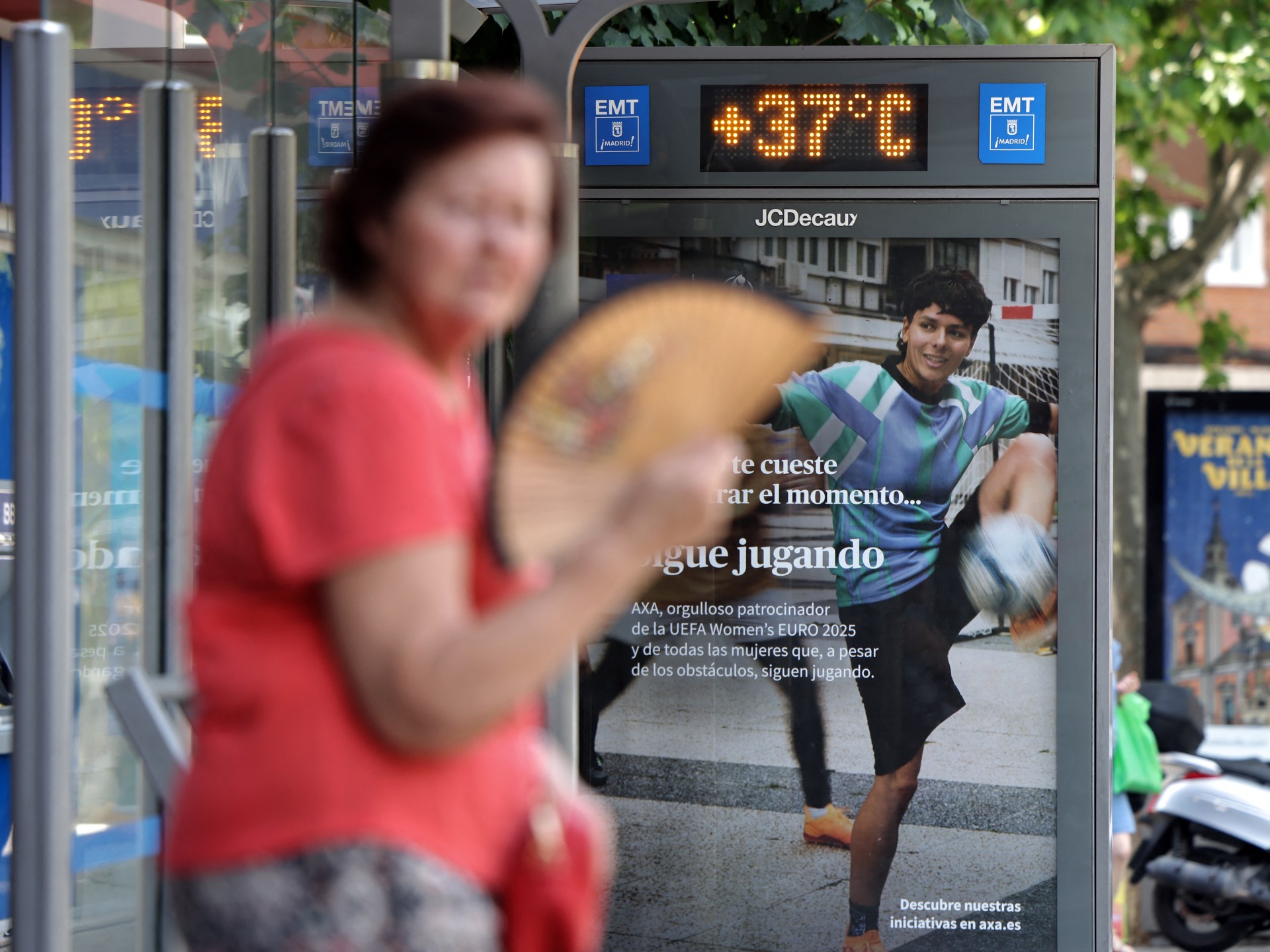
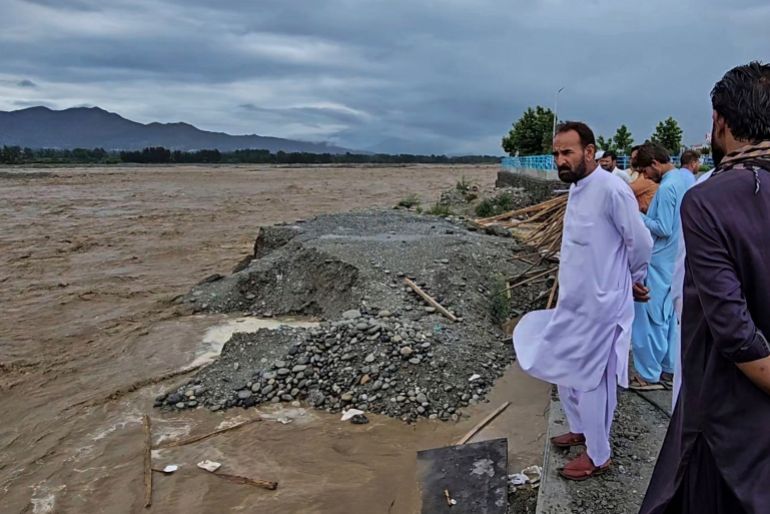


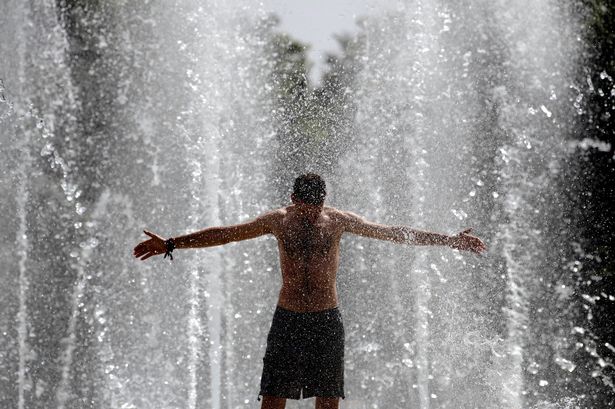

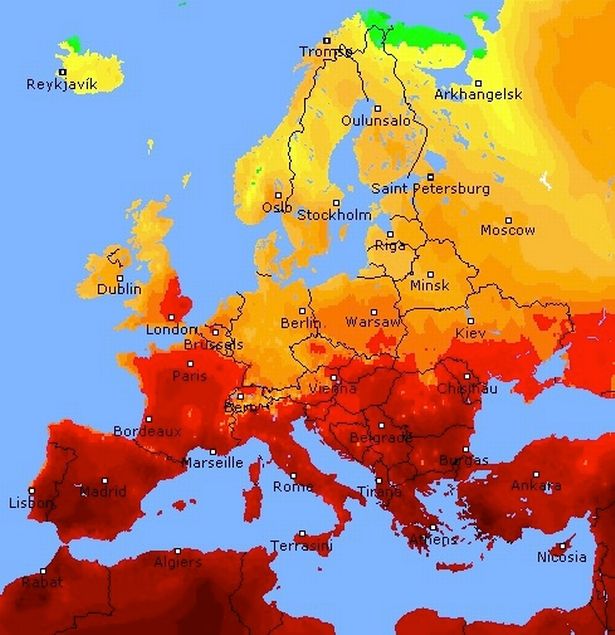
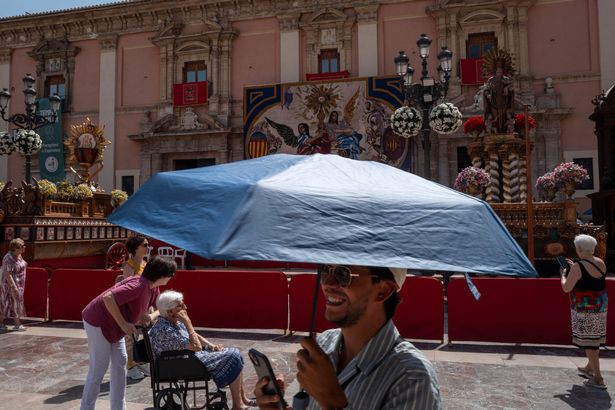
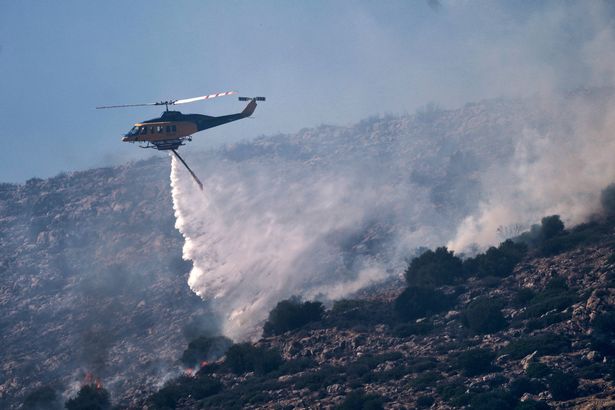
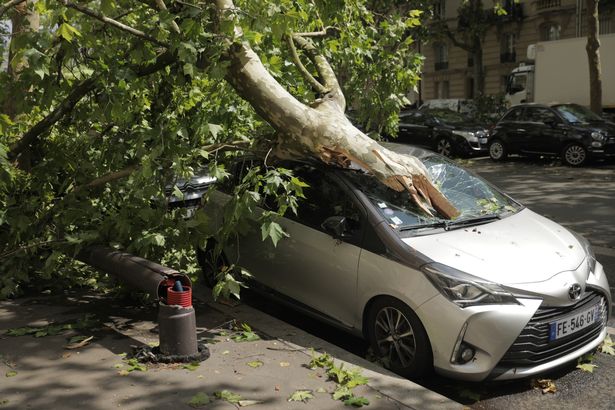
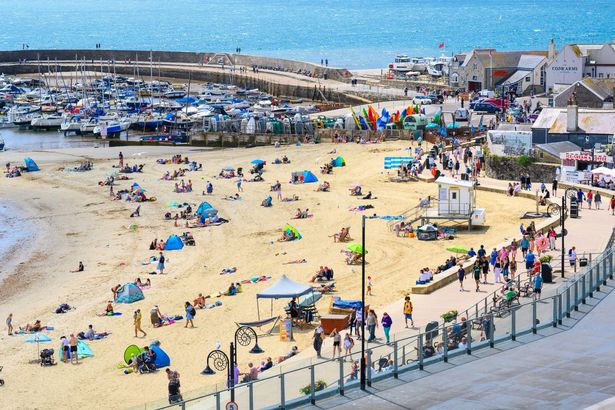


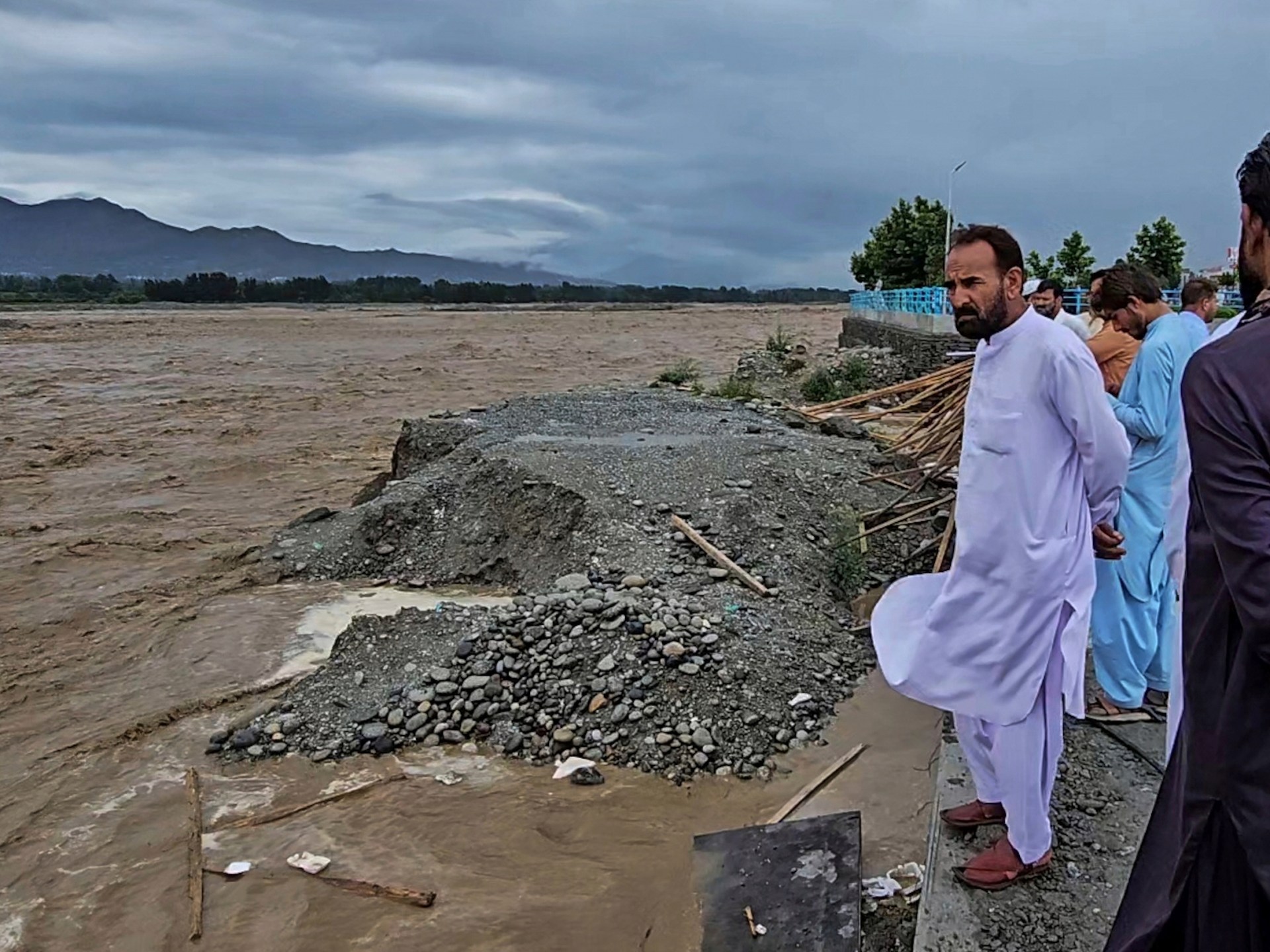
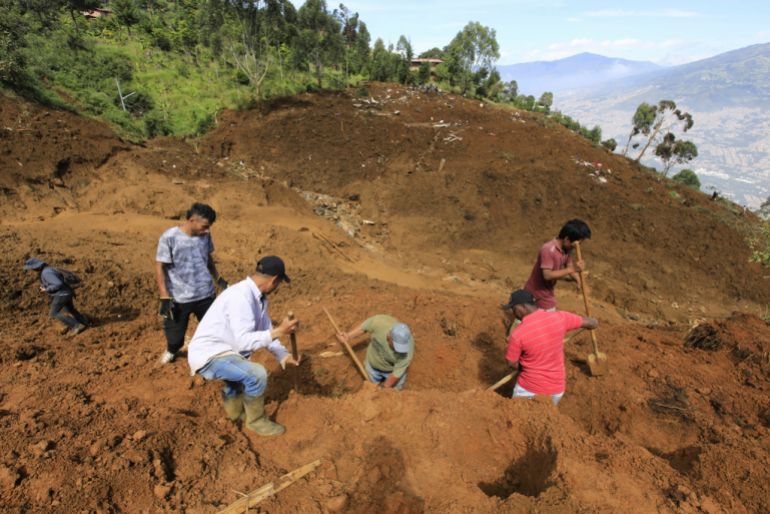



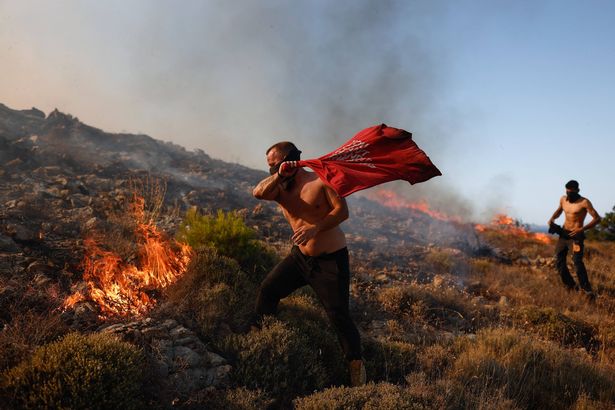







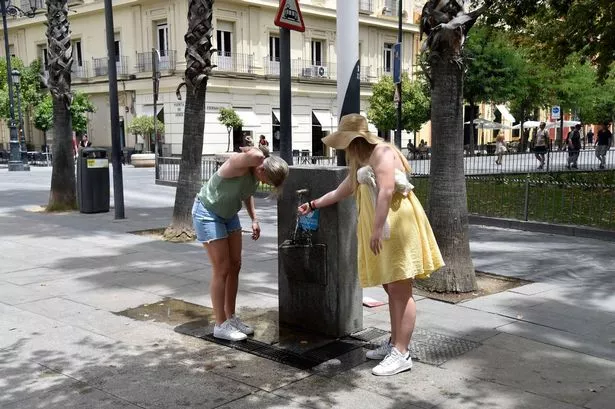


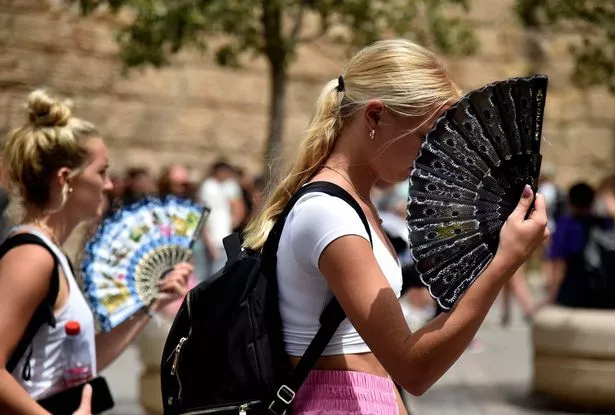



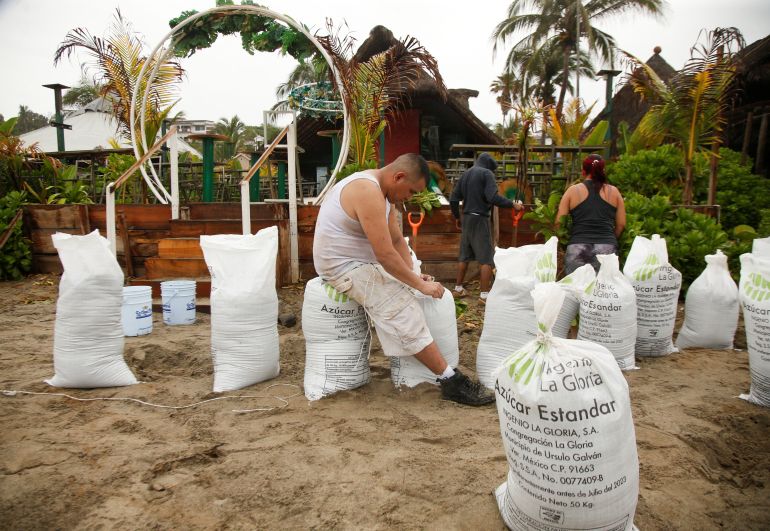




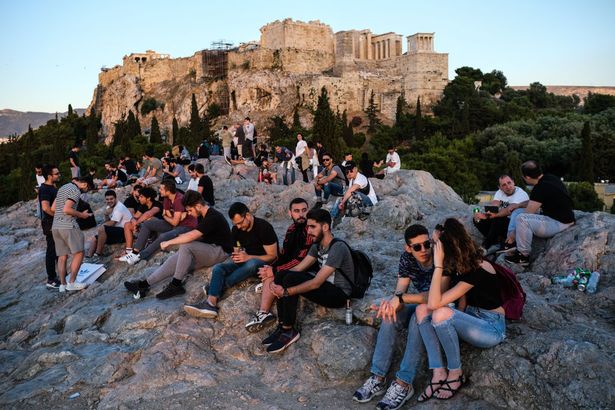



![A motorcyclist wades through a flooded street after heavy rains in Guwahati, in India's Assam state on May 31, 2025. [File: Biju Boro/AFP]](https://www.occasionaldigest.com/wp-content/uploads/2025/06/000_48PV2CA-1748767758.jpg)
